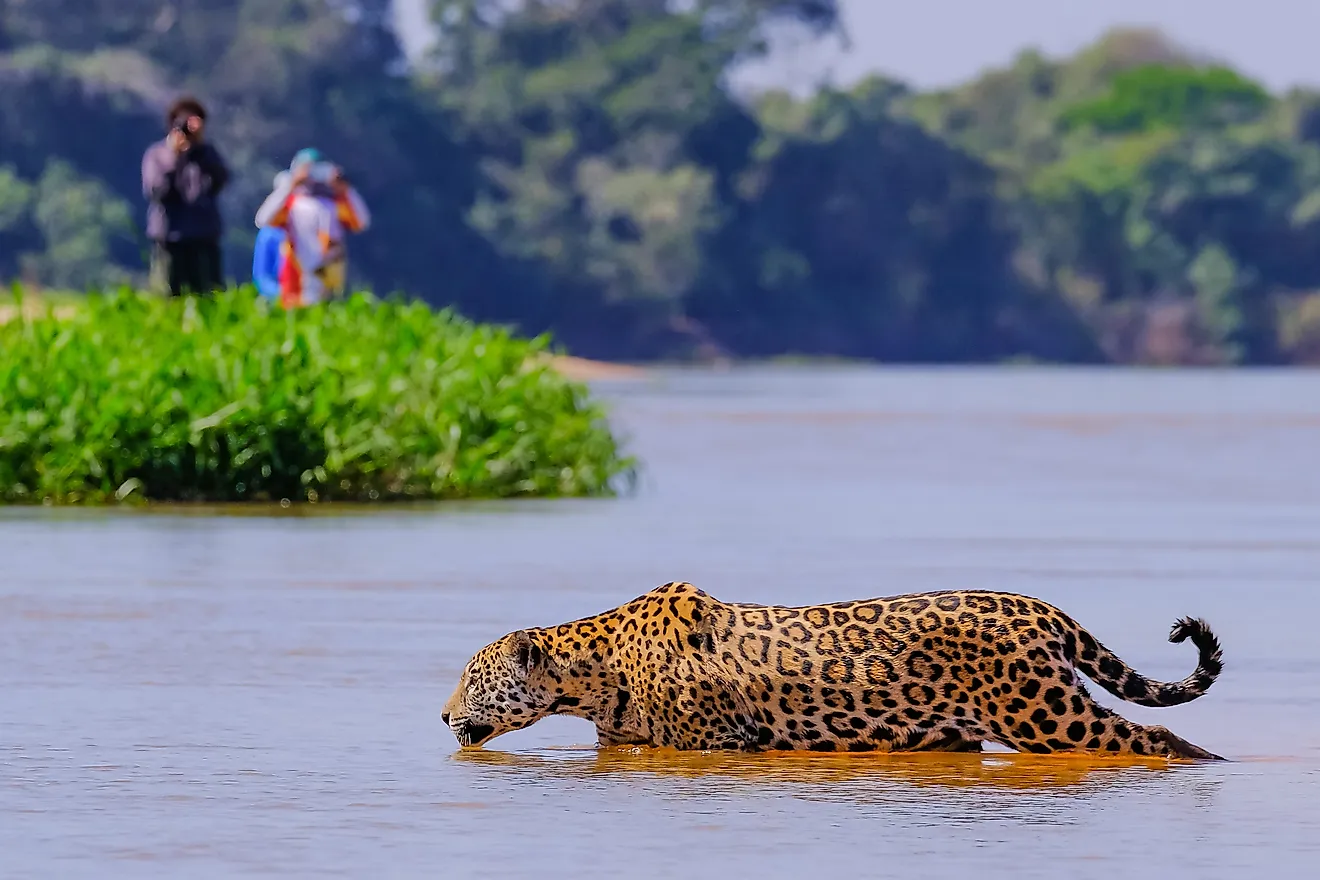How Are Canyons Formed?
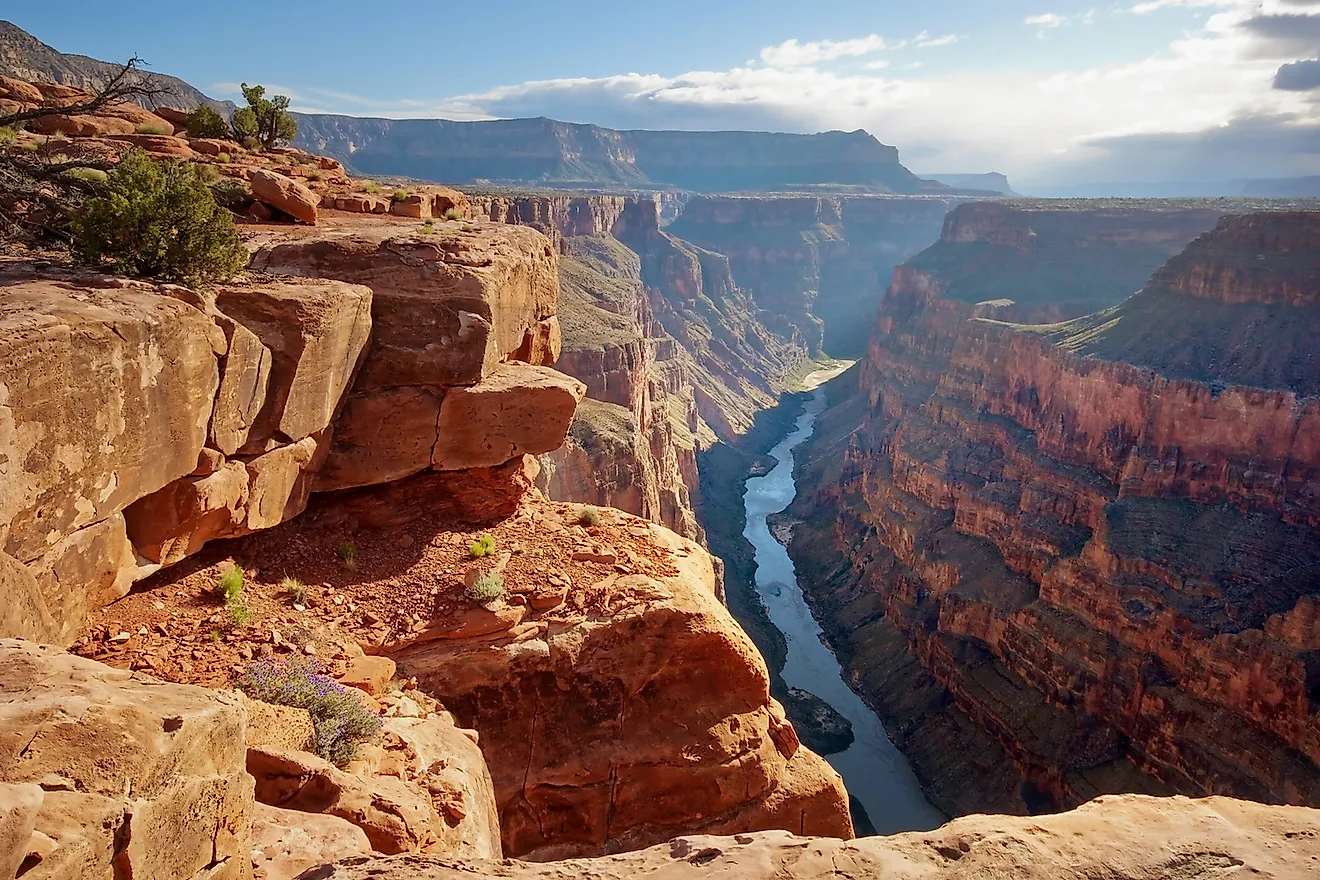
- A canyon is a deep cleft between escarpments or cliffs, often formed by rivers, weathering, erosion or tectonic activity.
- Smaller, steeper valleys of similar appearance to canyons are called gorges.
- The Grand Canyon is being eroded deeper at a rate of 1 foot every 200 years
Canyons make for striking sights that those who see them are sure to remember. Their distinctive steep cliff borders paired with the deep valleys that run through them make for beautiful views that are amongst the world's best when it comes to natural formations. There are a variety of popular canyons in the world, though few are as well recognized as the Grand Canyon located in the US state of Arizona, which covers a massive area of nearly 2000 square miles. This canyon is massive, it stretchs for about 277 miles long, is up to 18 miles wide, and has a depth of over a mile at certain points.
So, how are these amazing natural wonders formed? Below is a discussion on the same.
Etymology And Formation Of Canyons
The term canyon, which refers to deep narrow valleys with steep sides, actually comes from the Spanish word cañon which means tube or pipe. This word is fitting as it matches how canyons are often formed by the movement of running rivers going through them. This water flow erodes and cuts deep into the river bed over many years to create the canyons that we recognize today. Canyons are also sometimes called gorges, though this term more accurately refers to smaller, narrower, and steeper valleys of similar appearance.
Most Common Way Of Canyon Formation
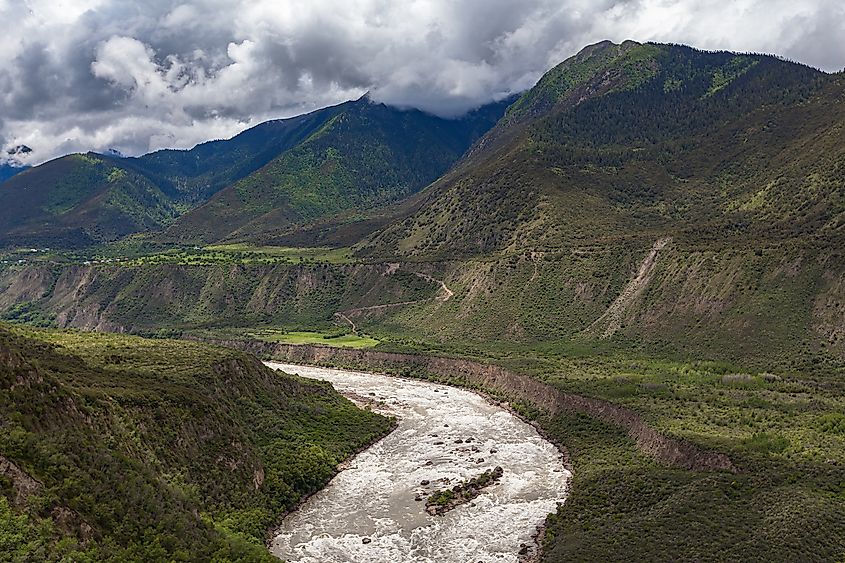
There are several ways that canyons can be formed. Swift streams of water that run through rocks are the most common cause of the largest and most famous cliff valleys. Typically this occurs in arid, meaning dry, or semiarid lands where rivers are fed by rain and melting snow transferred from wetter regions upstream. Canyons are more common in these dry areas because physical weathering typically has a more localized effect in arid areas. Canyon walls then form in their steep and angular way because compared to their centers they do not get as much of the frequent and large amounts of water flowing through and thus are not nearly as worn and softened. Basically, the water pressure of the river digs deep into the surface below it, while simultaneously carrying away the sediments further downstream, to create the distinctive deep and narrow channels so characteristic of canyons. The rock layers are worn away until they reach an elevation that matches that of the area where the water drains, meaning canyons typically crop up when the river's headwaters and estuary, meaning a partially enclosed body of water with access to the sea, are at significantly different heights allowing for the pressure to push the river bed down further and further.
An example of a river formed canyon is the Tibetan Yarlung Zangbo Grand Canyon, located in southwestern China and created over millions of years by the Yarlung Zangbo River. This canyon is even deeper than the Grand Canyon, diving down 17,490 feet and stretching as long as 310 miles. Canyons can both have water in them or be completely dry.
Other Types Of Canyons And Their Formation
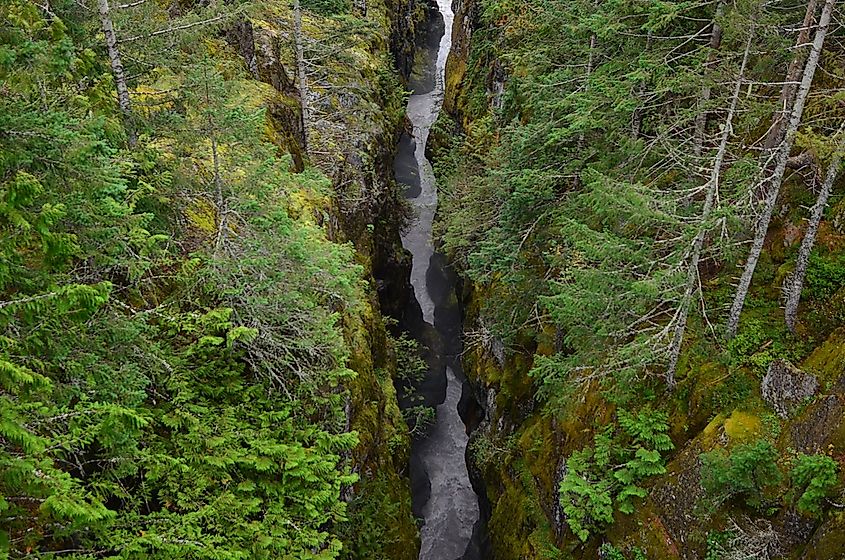
Canyons can also be formed as rifts between two mountain peaks, like those in ranges across the Rocky Mountains, Alps, and the Himalayas. In these situations, a river or stream can also be responsible for carving out the splits between these towering mountains. Canyons within mountainous areas that have only one side with an opening are referred to as box canyons.
Another type of canyon is the submarine canyon, which refers to those located beneath the sea that cut across continental shelves and down continental slopes. Many of these canyon heads were cut through by rivers that existed in the years past when the sea level was several hundred feet lower than it is today. The continuations of these canyons further down the slopes are theorized to have been created and maintained by deep water currents containing large amounts of sediments or by avalanche-esque movements of minerals and rock that suddenly drop down from the upper parts of the submarine canyons.
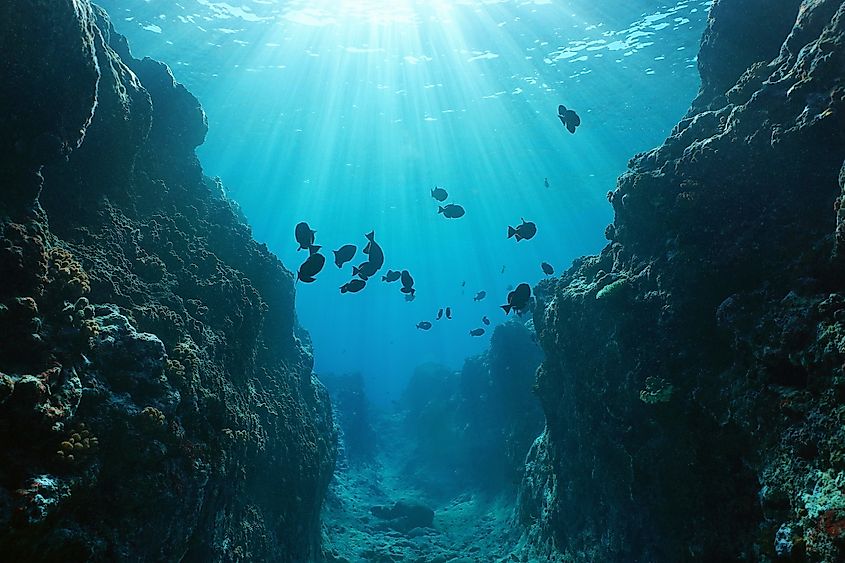
Other aspects that contribute to canyon formation include weathering and erosion. For instance, water can seep into rock cracks, then freeze and expand into ice that forces the cracks open and erodes more stone. Heavy rainfall can also cause water to rush down these cracks eroding more rock. Eventually, as these materials begin to crumble and fall the canyon becomes wider at the top than at the bottom. Slot canyons can sometimes form as a result. These are tiny canyons that can be less than 3 feet wide but hundreds of feet deep.
Lastly, tectonic uplift can be responsible for forming canyons. This occurs when tectonic plates move and crash together, in the process raising a landmass. These elevated lands can then be cut through by rivers to form canyons.
